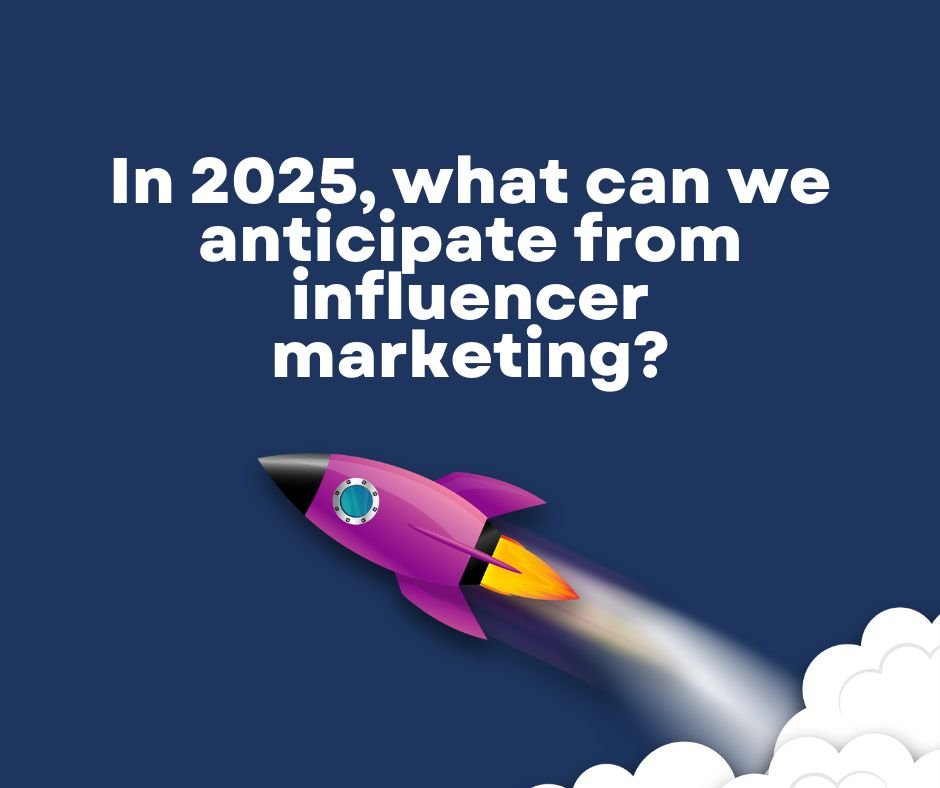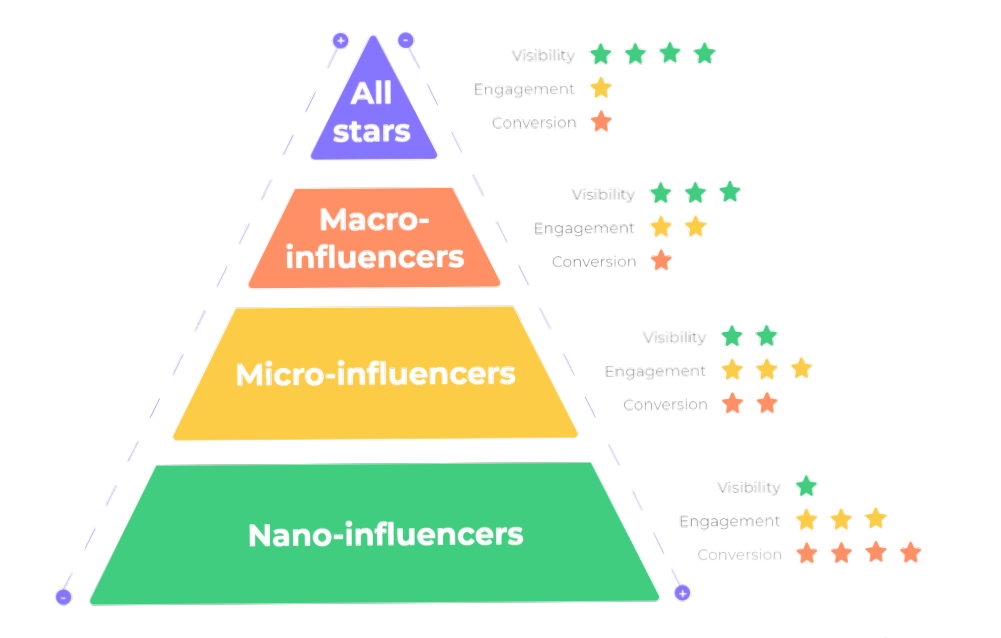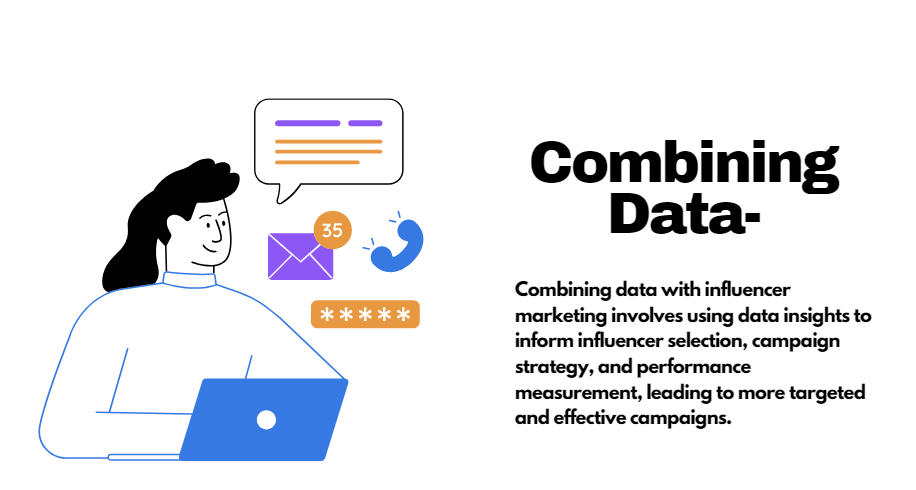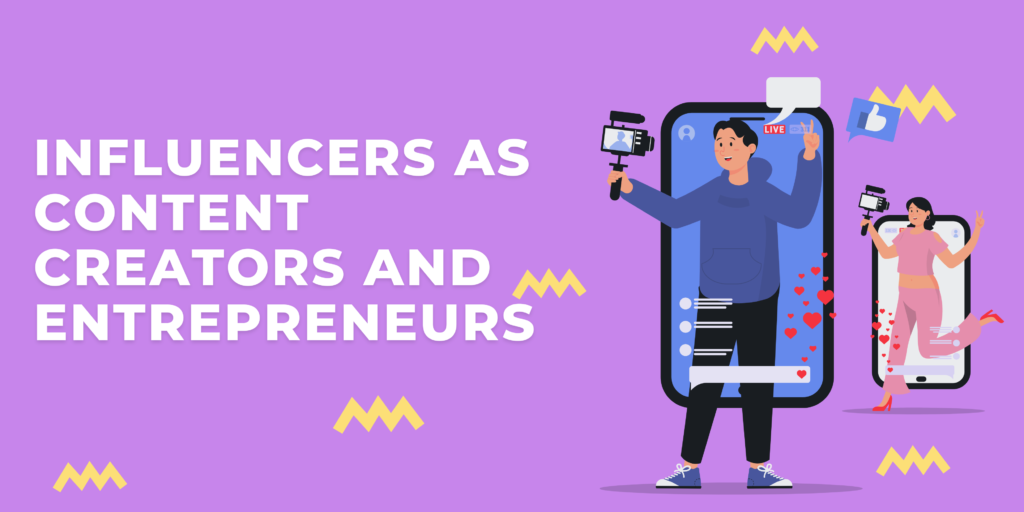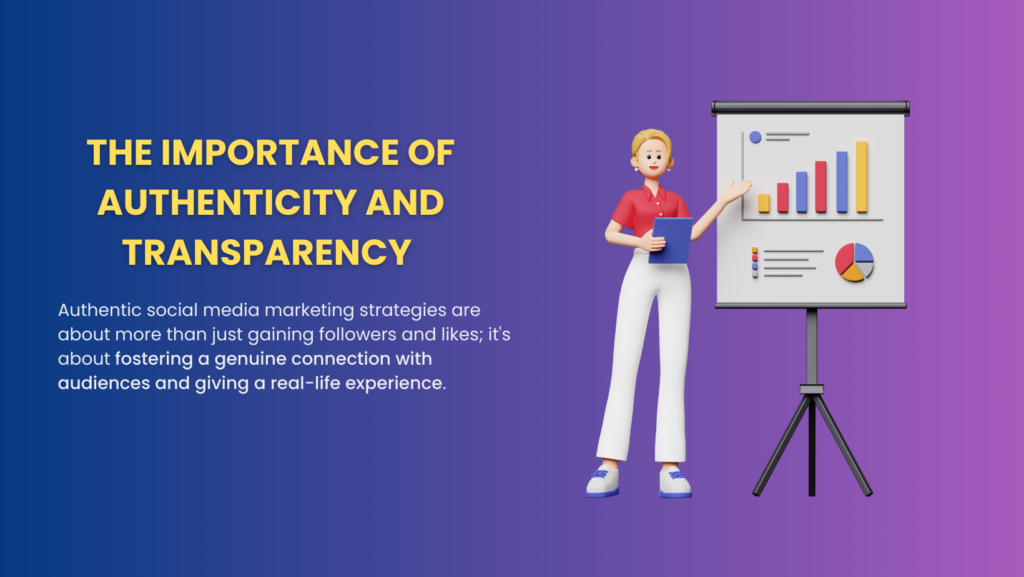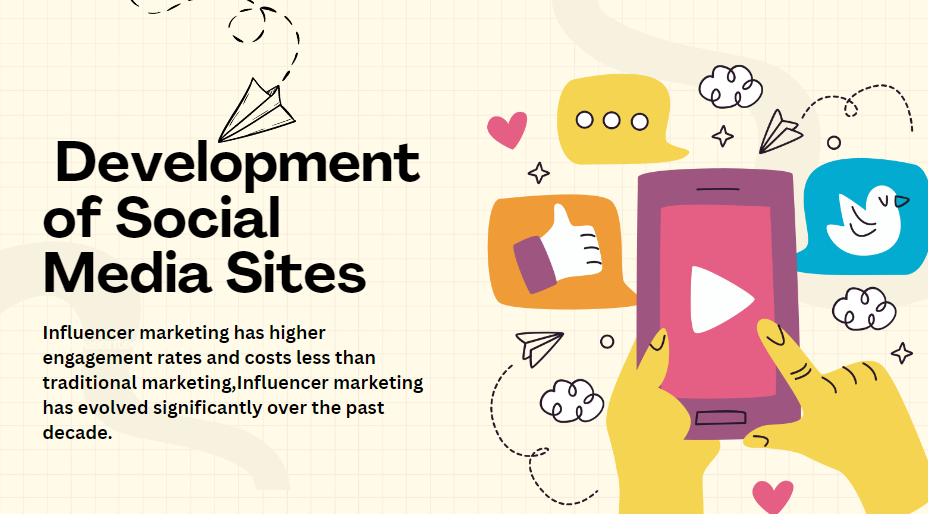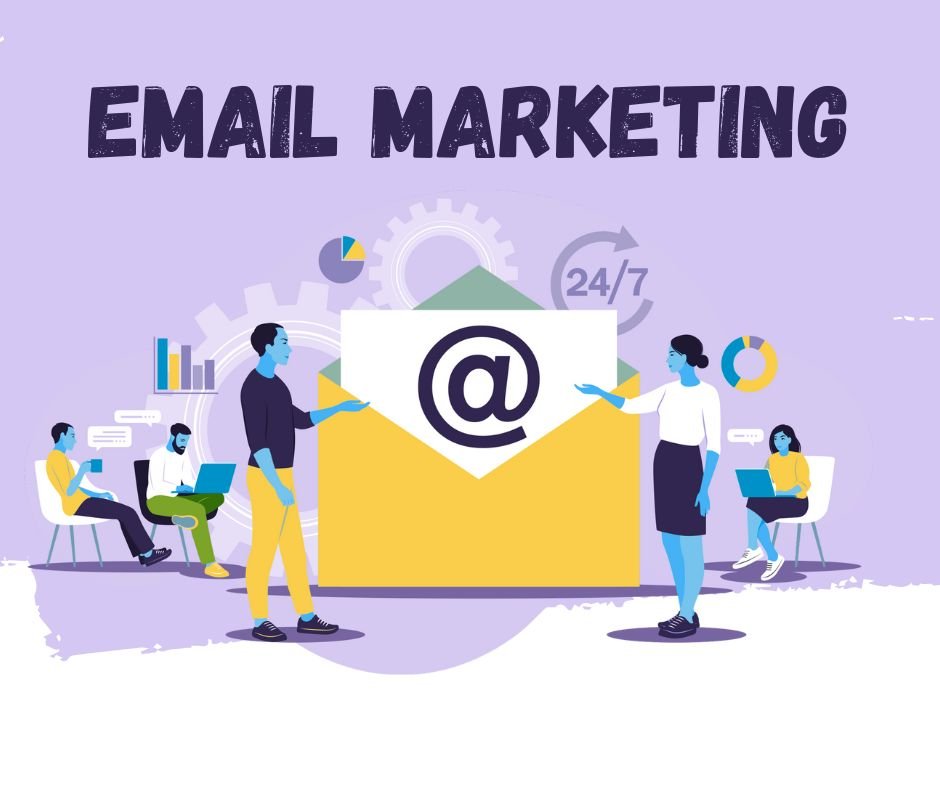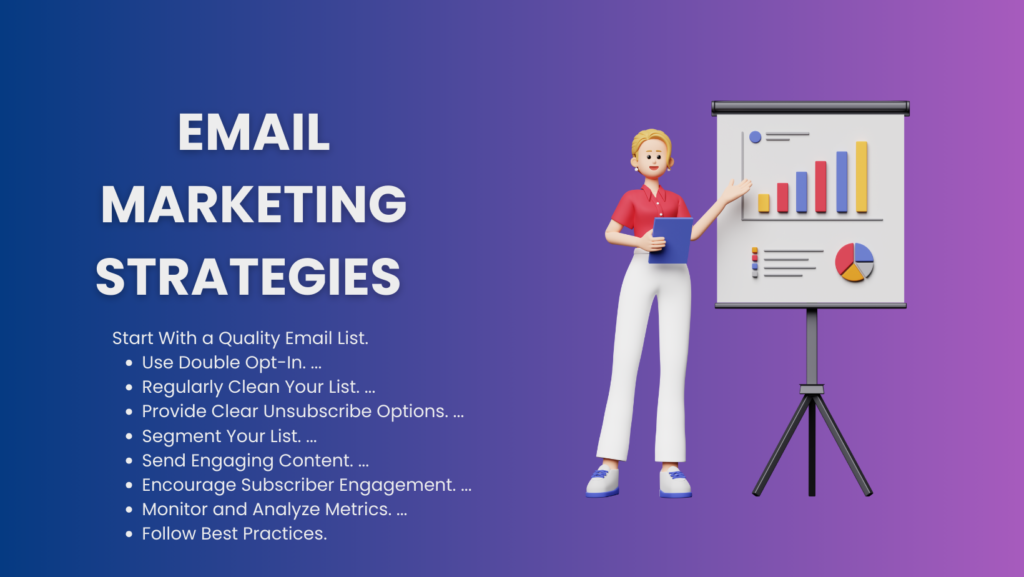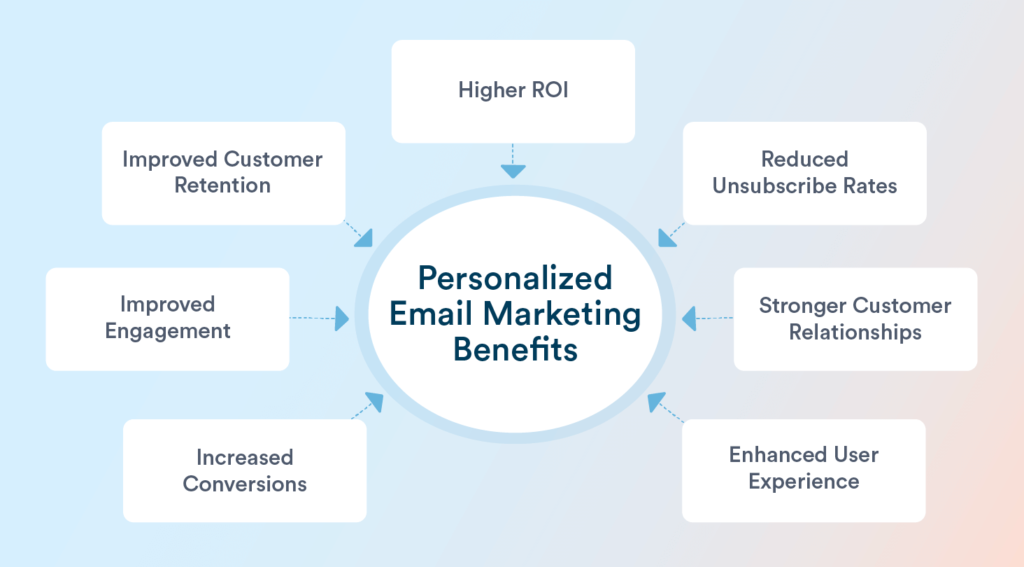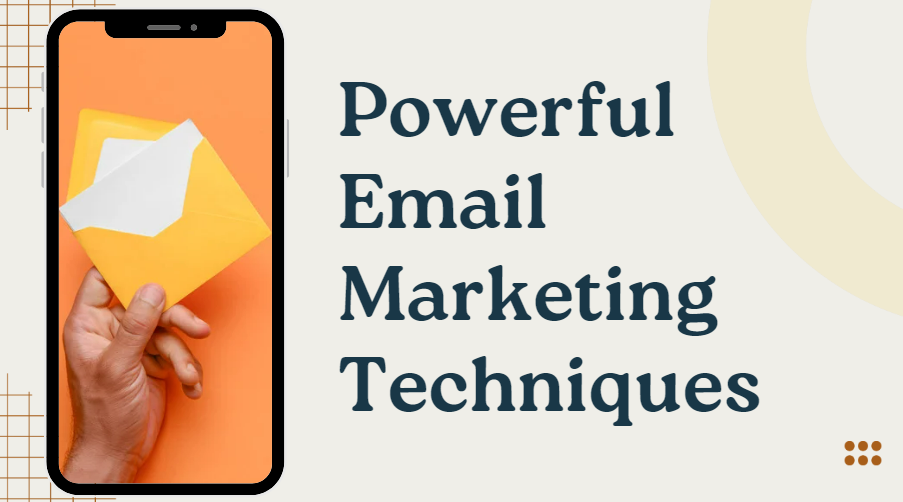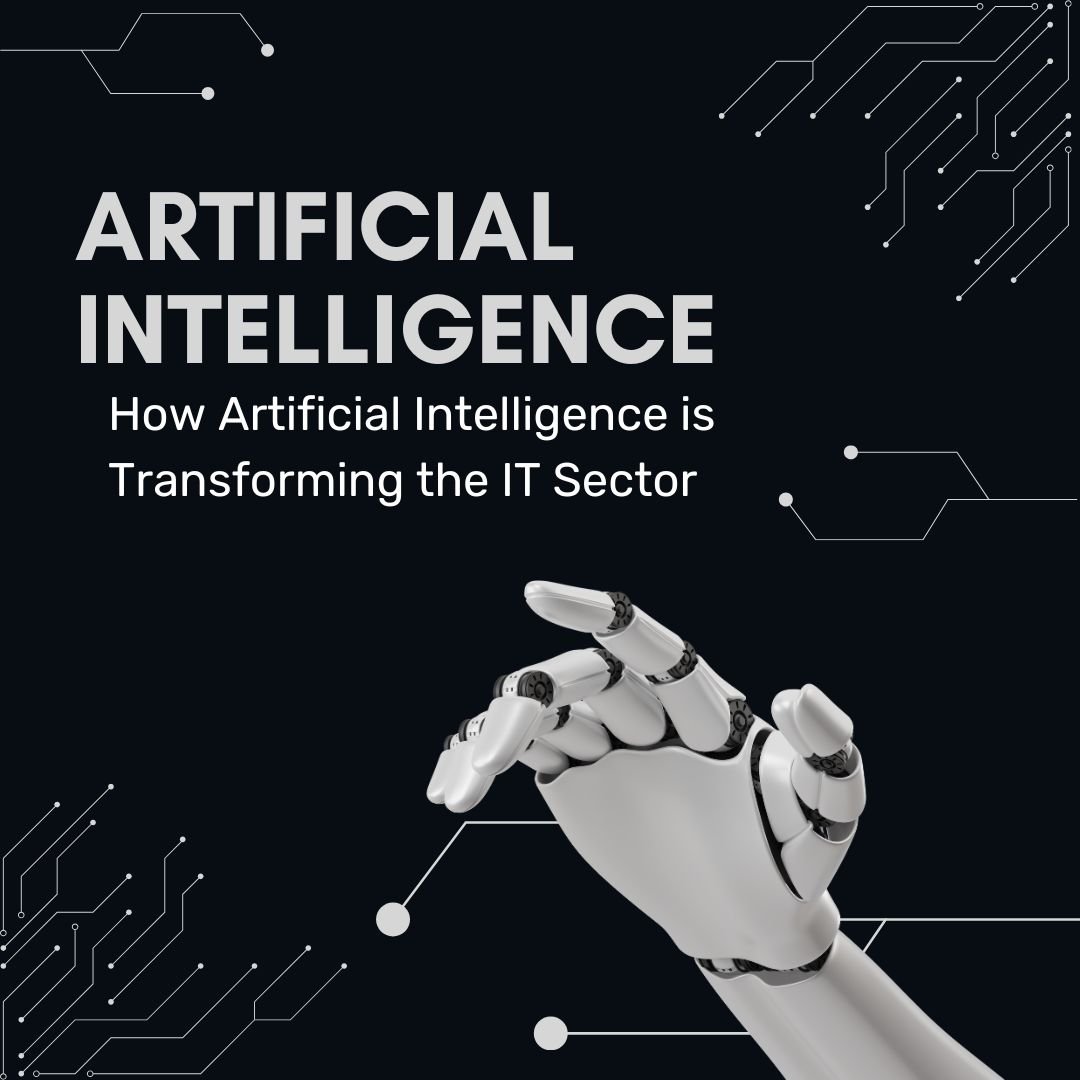How Generative AI Works: A Beginner-Friendly Guide for 2025
How Generative AI Works: A Beginner-Friendly Guide for 2025
Generative AI has become impossible to ignore in 2025. Whether it’s writing an email, generating artwork, answering your questions, or writing code, this technology is fundamentally changing how we work, learn, and create. If you’re curious about how generative AI works—and let’s be honest, most of us are—this guide breaks it down into straightforward, digestible pieces.
You don’t need a computer science degree to understand this. I’ll walk you through how these systems learn, how they create new content, and why they’ve become so powerful so quickly.
What is Generative AI, Really?
At its heart, Generative AI is software that creates new content by learning patterns from existing data. It could generate text, images, videos, code, music, design mockups—basically anything digital. Generative AI Works The name says it all: “generative” means it generates, or creates, original output.
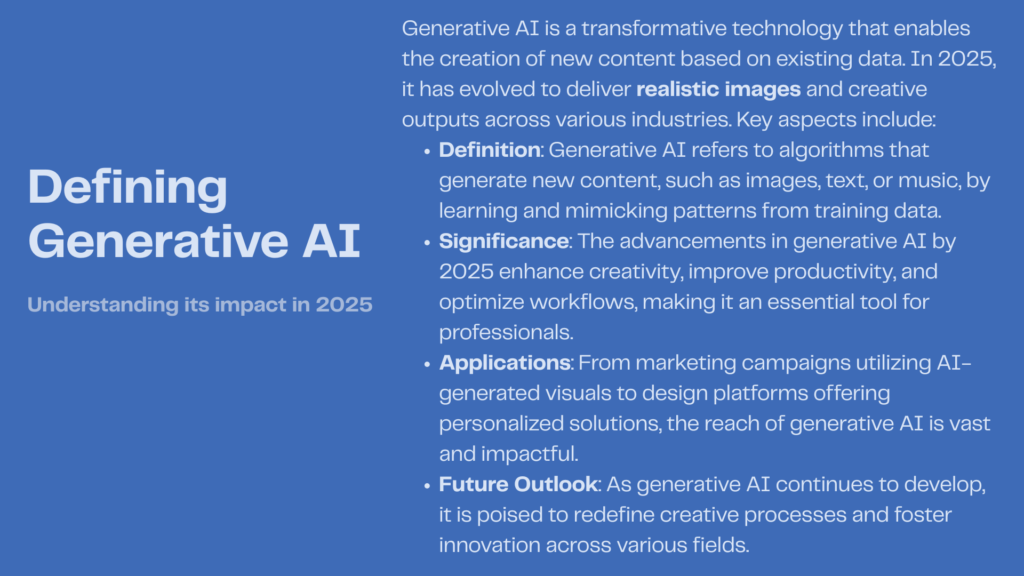
You’ve probably used it already. ChatGPT, Claude, Bard, MidJourney, DALL·E—these are all examples of generative AI tools.
The key difference between generative AI and older AI systems is flexibility. Traditional AI follows strict, predetermined rules. Generative AI learns patterns from massive amounts of data and uses those patterns to produce something new. That’s what makes it feel almost intelligent.
Why This Matters Right Now
In 2025, generative AI isn’t just a cool tech experiment anymore—it’s reshaping how work actually gets done. Companies use it to speed up content creation, handle customer service, generate marketing ideas, and automate tedious tasks. Students are using it to study more effectively. Generative AI Works Professionals are using it to be more productive. And honestly, ignoring it at this point puts you at a disadvantage.
Understanding how generative AI works isn’t just intellectually interesting. It’s becoming a practical skill you’ll probably need.
How Generative AI Actually Works
Let me walk you through this step by step. The process might sound complicated, but the fundamental idea is simple: the AI learns from data, then uses what it learned to create something new.

Step 1: Learning from Enormous Amounts of Data
Everything starts with training data. And I mean a lot of data.
Text-based AI models learn from billions of words across books, websites, articles, and documents. Image models train on millions of photographs. Video models study countless hours of footage. Generative AI Works During this training phase, the AI is essentially soaking up patterns, connections, and relationships across all this content.
Without this massive foundation of training data, generative AI couldn’t produce anything worth using. The quality of the output depends entirely on the quality and breadth of what it learned from.
Step 2: Neural Networks: How AI Actually Learns
To make sense of all that data, generative AI uses something called neural networks. Inspired by how our brains work, these networks contain layers of interconnected nodes (think of them like artificial neurons) that process and understand information.
Here’s what neural networks actually do:
They spot patterns humans might miss. They grasp meaning from words, images, and relationships. They store all that knowledge during training. Generative AI Works They eventually use it to generate new content that makes sense.
Modern generative AI relies on sophisticated neural network architectures like Transformers (which power ChatGPT and similar models), Diffusion models (used for image generation), and Vision Language Models that understand both text and images. Generative AI Works These innovations are what make today’s AI feel so capable.
Step 3: Predicting What Comes Next
Once the AI has absorbed patterns from its training data, it’s ready to start creating. And here’s the core trick that makes generative AI work: prediction.
With text, the AI predicts the next word, then the next sentence, building on previous words. With images, it predicts shapes, colors, and textures. With audio, it predicts sound waves and tone.
The crucial part? The AI isn’t copying existing data. It’s using what it learned to generate something entirely new—something that didn’t exist before. That predictive ability is why generative AI can feel so creative, even though it’s really just pattern-matching at an incredibly sophisticated level.
Step 4: You Give a Prompt, It Generates a Response
This is where you actually interact with the AI. You provide a prompt—a question, instruction, or request.
Maybe you ask it to “write a compelling blog introduction” or “create an image of a sunset.” You could request code for a login page or ask for marketing campaign ideas. The AI takes your prompt and draws on everything it learned during training to give you the best possible response.
From the user’s perspective, it’s beautifully simple. Behind the scenes? Incredibly complex. But that’s kind of the point.
Step 5: Fine-Tuning for Specific Tasks
After initial training, developers can refine AI models for specialized purposes. This process is called fine-tuning, and it’s how you get AI that’s really good at specific things.
An AI model can be fine-tuned specifically for medical research, customer support, legal work, or marketing. This customization makes the AI more accurate and useful for particular industries or tasks. It’s one of the reasons generative AI performs so well in real-world applications where precision matters.
The Main Types of Generative AI Models

To fully understand this landscape, it helps to know what types of models are out there:
- Large Language Models (LLMs) — These generate text. Examples include GPT-4, Claude, and Gemini.
- Diffusion Models — These create images by gradually refining random noise into coherent pictures. DALL·E and Midjourney use this approach.
- Generative Adversarial Networks (GANs) — These pit two networks against each other to create increasingly convincing images and videos.
- Transformer Models — The backbone of most modern AI, these excel at understanding long sequences of text and relationships within data.
Each model type handles different tasks, and together they’re reshaping what’s possible.
Where Generative AI Is Already Being Used
The applications are everywhere already. You probably encounter generative AI without even realizing it.
- Content Creation — Blog posts, social media captions, newsletters, marketing scripts. Faster and more prolific than ever before.
- Visual Content — Product photos, brand imagery, advertising creative, animations. Tools that used to require hiring designers.
- Software Development — Debugging code, generating new code from scratch, writing documentation. Developers are shipping faster.
- Business Operations — Automated email responses, customer service chatbots, report generation, workflow automation.
- Education — Explaining concepts in different ways, generating study materials, personalized tutoring at scale.
- Healthcare — Analyzing medical data, generating diagnostic reports, accelerating research timelines.
- Marketing — Campaign ideation, customer behavior insights, personalized messaging, copywriting.
- Design — UI/UX mockups, 3D modeling, concept art, wireframes. The creative process is speeding up.
The real power is that generative AI is already practical, not theoretical.
Why It’s Actually Useful
Let’s be real about the advantages. Productivity jumps dramatically—work that took hours gets done in minutes. Creativity gets a major boost; you can explore ideas that would’ve been too time-consuming before. Costs drop because you’re automating manual labor. And from a learning perspective, people can grasp complex topics faster and stay current in their fields.
Those are meaningful wins.
The Honest Challenges
That said, generative AI isn’t perfect, and pretending it is doesn’t help anyone.
- Accuracy can be an issue. Sometimes the AI generates information that’s outdated or flat-out wrong. You still need to fact-check.
- Bias exists. If the training data contains biases, the AI will reflect those biases. It’s not neutral—nothing trained on human-generated data truly is.
- Over-dependence is real. People sometimes lean on AI so heavily that they stop developing core skills. That’s genuinely concerning.
Being aware of these limitations is how you use generative AI responsibly rather than recklessly.
What’s Coming Next
As we move through 2025 and beyond, expect generative AI to get noticeably better. More personal AI assistants that actually understand your context. AI agents that can autonomously handle complex tasks. Better voice and video generation. Smarter business automation. And more specialized models built for specific industries and use cases.
This technology isn’t slowing down. If anything, it’s accelerating.
The Bottom Line
Understanding how generative AI works—how it learns from data, uses neural networks to identify patterns, predicts outputs, and generates content based on your prompts—gives you a real advantage. In a world where this technology is becoming ubiquitous, knowing how it works isn’t just interesting. It’s essential.
The people who understand generative AI will work faster, think more strategically, and achieve better results. Whether you want to use it professionally or just stay informed, getting this knowledge now puts you ahead of the curve. How Generative AI Works: A Beginner-Friendly Guide for 2025



















